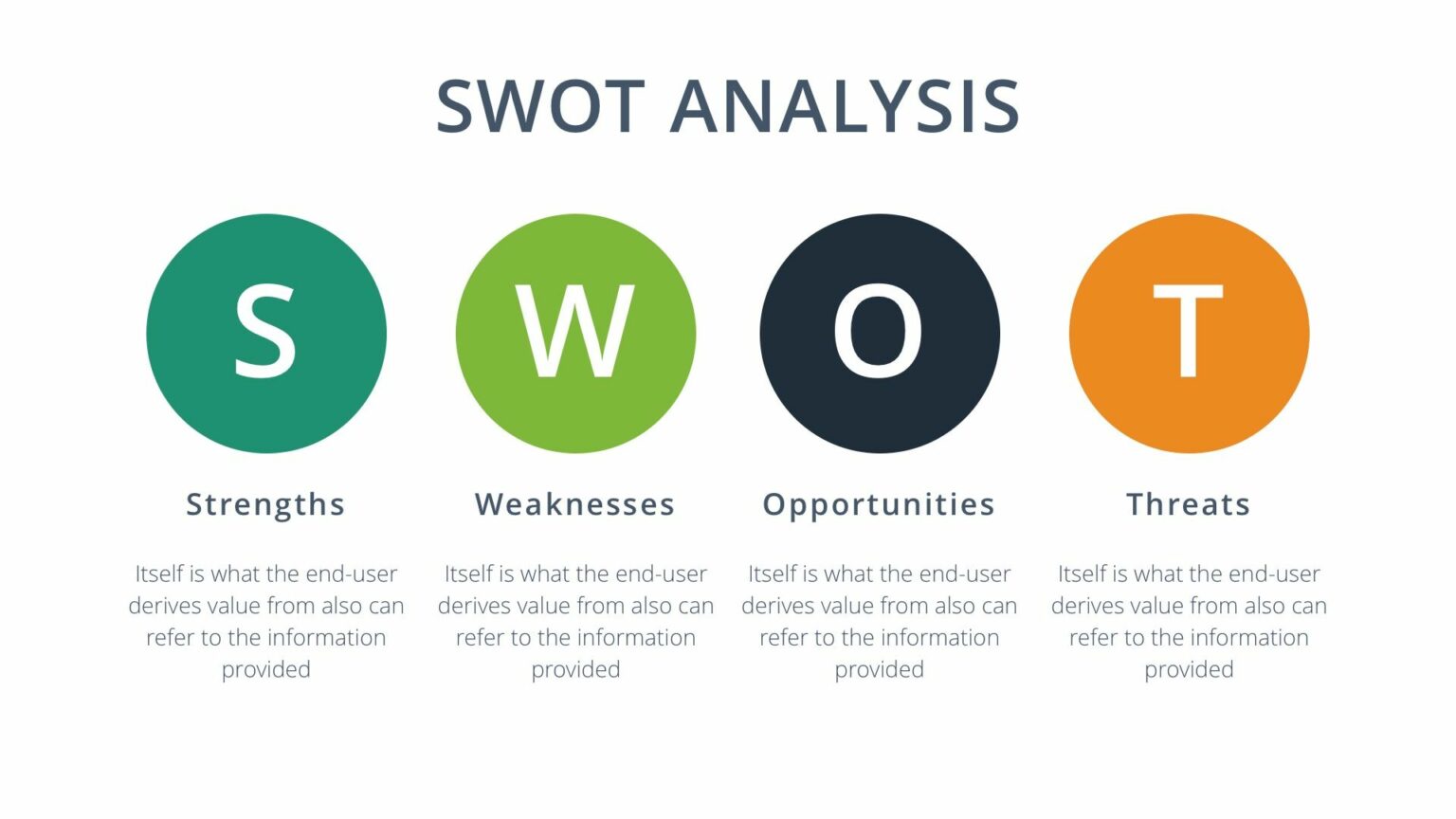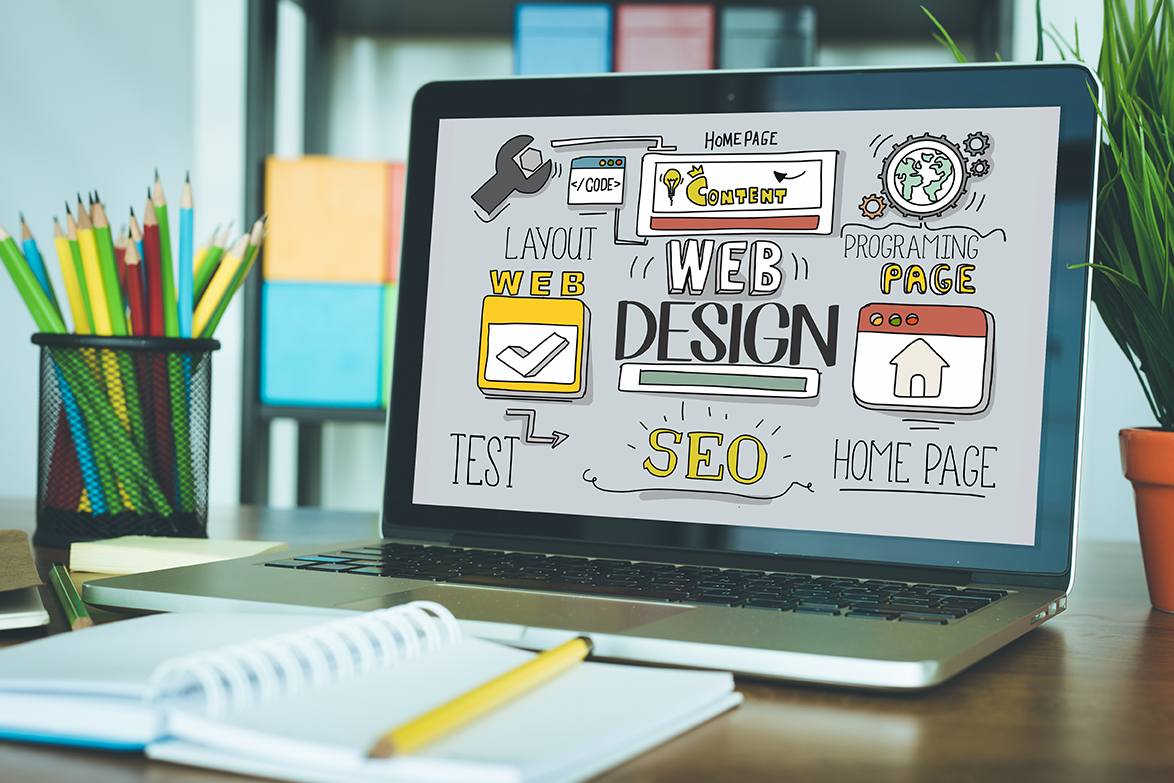So you want to know how to scale a business?
Scaling is a long term, big picture play.
As a business owner, you know that at a certain point in your small business, all the pieces eventually align for you to scale.
You’ve got the right people overseeing the marketing, operations, and finances. You’ve got a team able to execute the strategy and implement the tactics.
The path to success is secured right? Well, not exactly…
You’re probably experiencing some growth pains right now.
What if I could show you how to scale your business online WITH EASE using these three shapes: circle, triangle, square?
In this article you’ll learn:
- One stage in your business you’re currently in (out of four)
- The biggest challenges you’re facing in scaling
- How these three shapes can all but guarantee massive growth
What Does It Mean To Scale A Business?

What exactly is scaling a business? This goes beyond providing great customer service.
Before you learn how to scale a business, first identify what stage of the business you’re currently in…
As you progress in your business you’ll be in one of four stages.
- Growth
- Scale
- Maturity
- Decline
Growth
Your priority is getting more sales (including your first sale if you’re just getting started). You’ll reinvest a good portion of the revenue in the business and continue growing to the level that you’ve planned.
Look to attract the right type of customers. Building a consistent customer acquisition process will be a top priority. Driving more traffic and leads is the strategy. Getting more sales is the goal.
Scale
The priority here is improving what’s working. You’ve got the right capital, team, and resources.
Some of your top initiatives will include: converting more traffic into customers by increasing conversion rates. Increase lifetime value and average order value. Retain customers longer and bring back previous buyers. Lower customer acquisition cost.
You’re essentially pulling the levers in the ABC Formula. More on that later…
Maturity
If you’re in this stage, your priority is fixing inefficiencies and systematizing.
Think about how many tedious, menial, and time-consuming tasks (that also cost you money) can be addressed. Automate manual workflows to save time. Create systems and processes that don’t hurt the quality of delivery. Look for ways to innovate and create new product or services.
Standardize and document what’s working.
Decline
At this stage, your priority is taking no risk, implementing no change—the status quo.
Common Challenges Of Scaling A Business
As the business grows, so will the growing pains.
All business leaders will face these common challenges when scaling the business. Let’s go back to the 4 stages of progression:
Growth
This stage often has the toughest initial hurdle—validating your idea and achieving a critical mass of customers. Getting sales will be your first challenge as you tweak and improve your products or services to accommodate more leads and sales.
- You may find yourself attracting the wrong type of customers
- Constant price push-back is an every day affair (hint: your USP needs work)
- Comparisons to your competitors becomes all too normal
- Creating a sales funnel that predictably delivers
Scale
Once you’ve achieved a critical mass of customers, you’ll begin tweaking and optimizing what’s working.
- Defining your success metrics with accuracy: AOV, LTV, CAC, CVR
- Your conversion rates can be improved, converting more of the traffic into customers
- The costs to acquire customers are high and widening the LTV:CAC gap has its challenges
- Attrition could be lower, keeping customer longer is tough, having continuity in the relationship
- Bringing in enough revenue to afford marketing is crucial
Maturity
You’ve made it to maturity. Your sales are consistent and you’ve scaled the business. But now your processes (if you have any) are strained.
- You’re working long hours and your team is burnt out
- Reinventing the wheel becomes a common, detrimental practice
- Things are done, then re-done, and done some more—hurting your efficiency
- Your costs are up and profitability down because of poor workflows and lack of systems
- To top it off, you need to innovate your products and services because competitors are catching up
Grow Your Business With These 3 Models
Let’s just state the obvious for a moment…
Growing and scaling a business is no easy task. I feel your pain. But here’s the thing.
If you could take the incredibly challenging and nuanced tasks such as growth and scale, and only focus on the most important areas alla 80/20 principle—how interested would you be to learn them?
Well I’ve taken the three most important focus areas and they’re as simple as a circle, triangle, and square…
1. Growth Audit (Circle)

The Growth Audit—for when you’re in need of a high-level look of the gaps and opportunities affecting your business.
I believe you can solve ANY problem in your business if you look at the 3 P’s: People, Product, and Process.
For example:
Within People, we’re assessing the gaps and opportunities within team, competitors, and your customers.
- Your team’s capacity, strategy, execution
- Competitor advantages and weaknesses, their products and services
- The customers and how they perceive the market, what their goals and pain points are, their objections and values
For Product, we’re looking at your value ladder, messaging, and offers.
- Your full product or service offering ranked by price and value
- The way you position those products and services and communicate the value
- How you structure and package those products into offers
In Process, this is your entire marketing strategy and how it adheres to growth and scale. In other words…
- How your marketing is increasing average order value and LTV
- Ways to retain customers longer and increase the frequency in which they purchase
- Acquiring new customers at scale
Once you have audited the gaps and opportunities in your business, scaling, positioning, and selling because much easier.
See a video explanation of the Growth Audit.
2. The ABC Formula (Triangle)

The ABC Formula—for when you’re looking for which growth lever to pull in your business.
The Growth Audit touches briefly on the ABC Formula from a high level, but the ABC Formula from a tactical level is where you derive your marketing strategy.
For example:
Average Order Value
Your ability to increase what a customer is worth to you will allow you to scale and out-market your competition. So growing AOV and LTV is important.
Three ways to do this is to create Offers—think: order bumps, OTOs (one-time offers), upgrades, upsells, cross-sells, etc.
Next we have Packages—such as bundles, packaged products, bulk discounts, minimum order pricing, higher pricing with complimentary products or services, etc.
Lastly, Programs—loyalty programs, referral programs, and subscription programs are powerful ways to increase the value of a customer.
Buyer Frequency
This is how you retain customers longer and create opportunities for them to buy from you more often.
Retargeting ads are a classic way to do this, serving as a reminder to come back or pick up where they left off across ad platforms like Google Ads or Facebook.
Email marketing is another way to reach your customers with nurturing campaign, re-engagement campaigns, or even just the casual coupon offer.
Then there is good ol’ fashioned Outreach. If you segment your highest LTV customers, why not reach out to them 1-on-1 and reward them for their business.
Customer Acquisition
How you acquire new customers, and often the most challenging of the three.
Here are the three ways to get new customers to your business.
Advertising is a great way to acquire new customers using Google, Instagram, Facebook, even LinkedIn—but consider the stage in the customer journey. Remember with customer acquisition, your goal is to get them to know, like, and trust you first.
Content is another powerful way to get new customers. It can take the form of guesting blogging or podcasting, or can be driving organic traffic to your website (but consider the time investment), it can mean speaking at events. Content is delivering value through information—regardless of the medium in which you deliver it.
Strategic Partnerships is the third. Partnering with others who service the same customers as you, striking up win-win opportunities or joint ventures, or simply referrals.
3. The AMO Alignment (Square)

The AMO Alignment—for when your marketing just isn’t meeting your expectations, so you need to realign.
Marketing is sometimes like hitting the jackpot, meaning most often than not, it doesn’t work the first time and needs tweaking. Because of this you need to align certain aspects of your marketing.
I believe there are three:
Audience
Who are you trying to attract? Who are you speaking directly to?
Creating a buyer persona can help you truly identify who this person is, what goals/pains they have and where you fit in as the solution.
Therefore, if you haven’t defined your buyer persona yet, then there’s a good chance you’re not reaching the right people.
Message
What specifically are you communicating to your buyer persona? How are you positioning yourself as the only solution.
People make decisions emotionally and then justify their decisions logically. Your messaging needs to appeal and connect with both. If there is no emotional or logical appeal then your message will be ignored.
So consider the state of awareness and market sophistication your buyer has.
Offer
If you know who you’re talking to, and what you’re going to say, then your last step is how you’re going to package it into an irresistible offer.
Consider this, if you’re just outright selling a product or service, you’ve commoditized yourself. Now you’re competing on price.
Now if you package it into an offer and sell the transformation that it brings, now you’re competing on value. Remember, offers aren’t always monetary, they can be added bonuses or guarantees that no one else can give away, but you can.
Once you’ve aligned these three boxes, you’ll be targeting the right people, with the right message, and the right bit of value they seek.
Next Steps
So you’re ready to scale your business online? Here’s something free you may be interested in: The Scale Manual

Download the Scale Manual








